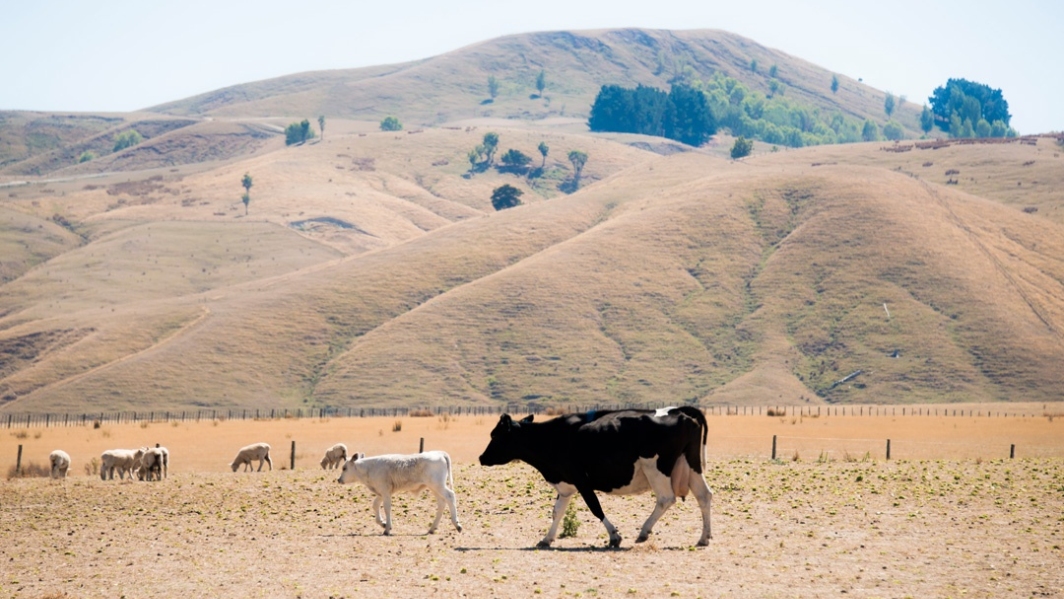-

"Exceptional" August atmospheric river sets record
Media release25 August 2022NIWA meteorologists say last week’s atmospheric river (AR), which was responsible for widespread devastation in both the North and South Islands, was a record-breaker. -
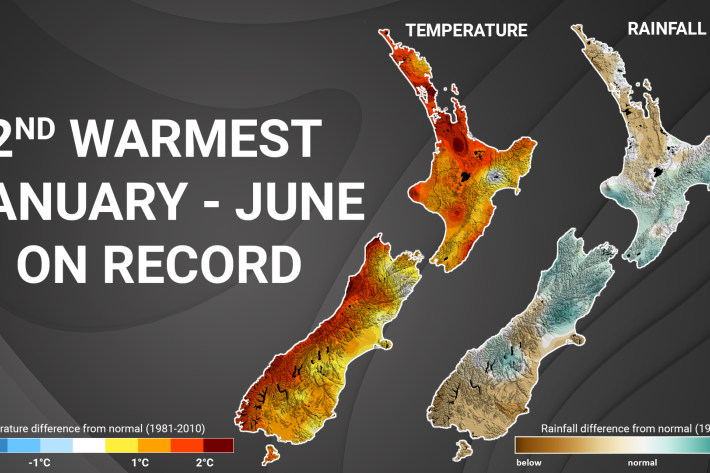
2022 off to a searing start
Media release20 July 2022New Zealand’s weather is proving no exception to the record-breaking extremes occurring around the globe. -

Matariki viewing prospects
Media release21 June 2022NIWA meteorologists say people living in the lower North Island and eastern South Island are likely to get the best views of the Matariki star cluster during the upcoming weekend. -

Seen a stunning sunrise or sunset lately? The Tongan volcano may be the cause
Media release15 June 2022The Tongan volcanic eruption may be responsible for New Zealand’s unusually vibrant sunrises and sunsets, say NIWA scientists. -
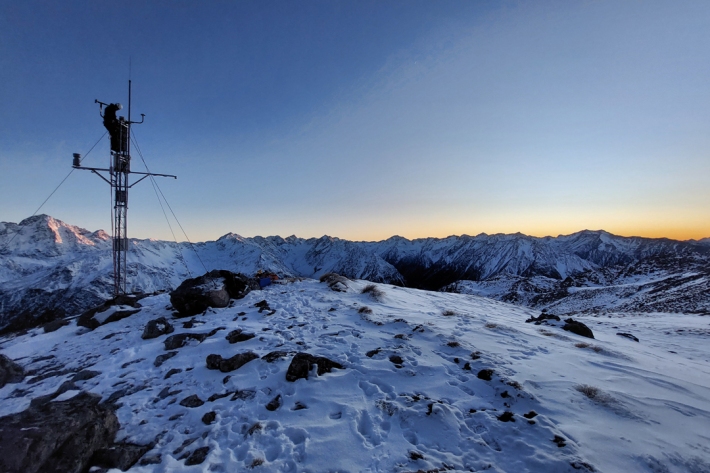
In the snow: new tool to advise New Zealanders of snow conditions
Media release10 June 2022A new tool giving near real-time snow data has been made available to the public for the first time. -
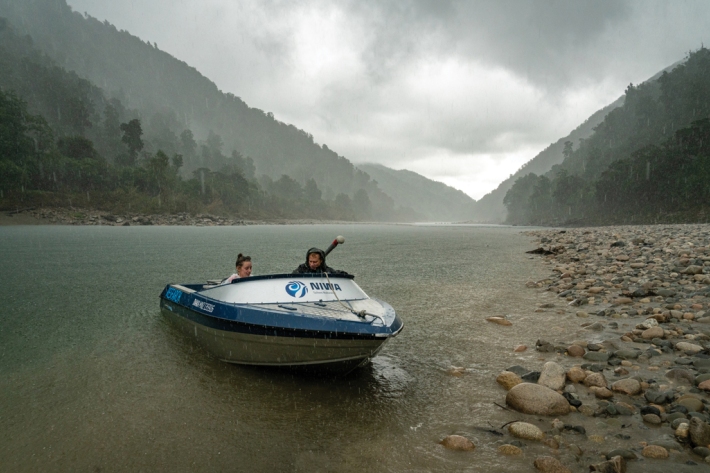
A Hard Rain’s A’Gonna Fall
Feature story31 May 2022Climate change means more intense storm systems are on their way. Science can’t stop it raining, but it can help communities prepare for the worst and plan for the future. -
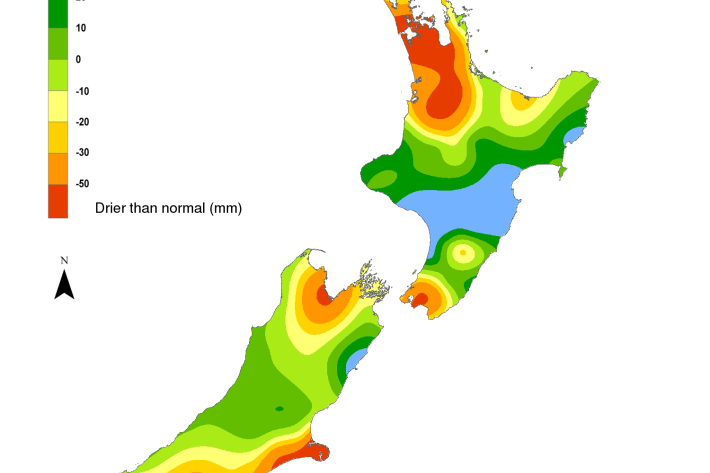
Hotspot Watch 20 May 2022
Hotspot20 May 2022A weekly update describing soil moisture patterns across the country to show where dry to extremely dry conditions are occurring or imminent. Regions experiencing significant soil moisture deficits are deemed “hotspots”. Persistent hotspot regions have the potential to develop into drought. This will be the final update of the Hotspot Watch for this season. Weekly Hotspot Watch updates will resume in the spring. -
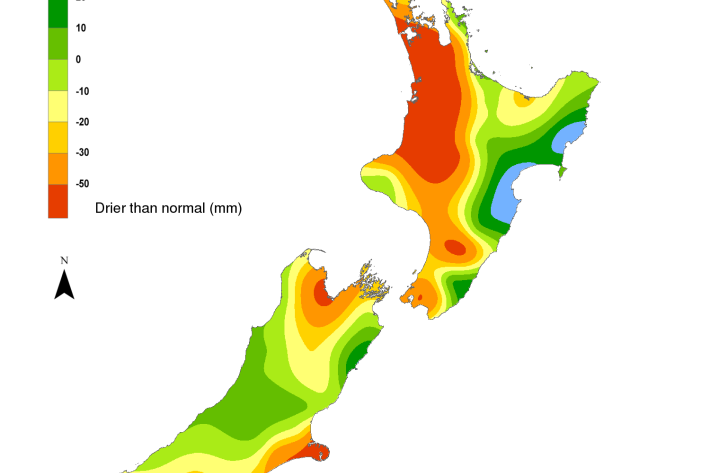
Hotspot Watch 13 May 2022
Hotspot13 May 2022A weekly update describing soil moisture patterns across the country to show where dry to extremely dry conditions are occurring or imminent. -

Hotspot Watch 6 May 2022
Hotspot06 May 2022A weekly update describing soil moisture patterns across the country to show where dry to extremely dry conditions are occurring or imminent. Regions experiencing significant soil moisture deficits are deemed “hotspots”. Persistent hotspot regions have the potential to develop into drought. -

Hotspot Watch 29 April 2022
Hotspot29 April 2022A weekly update describing soil moisture patterns across the country to show where dry to extremely dry conditions are occurring or imminent. Regions experiencing significant soil moisture deficits are deemed “hotspots”. Persistent hotspot regions have the potential to develop into drought. -
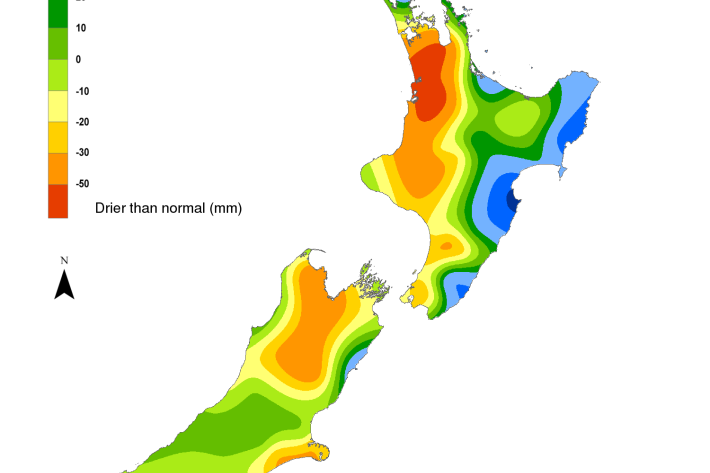
Hotspot Watch 22 April 2022
Hotspot22 April 2022A weekly update describing soil moisture patterns across the country to show where dry to extremely dry conditions are occurring or imminent. Regions experiencing significant soil moisture deficits are deemed “hotspots”. Persistent hotspot regions have the potential to develop into drought. -
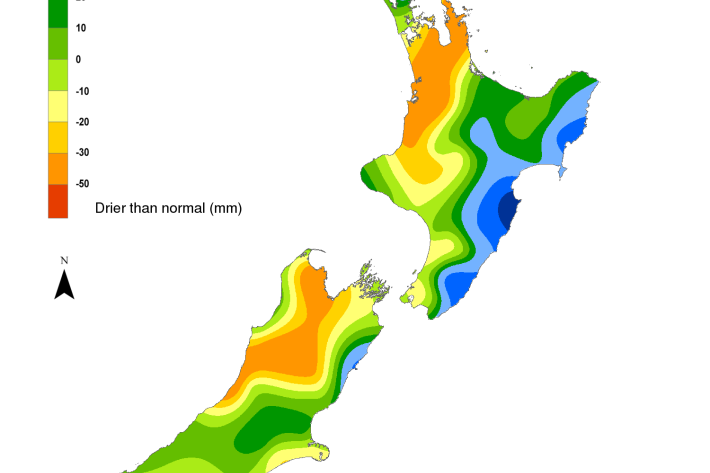
Hotspot Watch 14 April 2022
Hotspot14 April 2022A weekly update describing soil moisture patterns across the country to show where dry to extremely dry conditions are occurring or imminent. Regions experiencing significant soil moisture deficits are deemed “hotspots”. Persistent hotspot regions have the potential to develop into drought.

